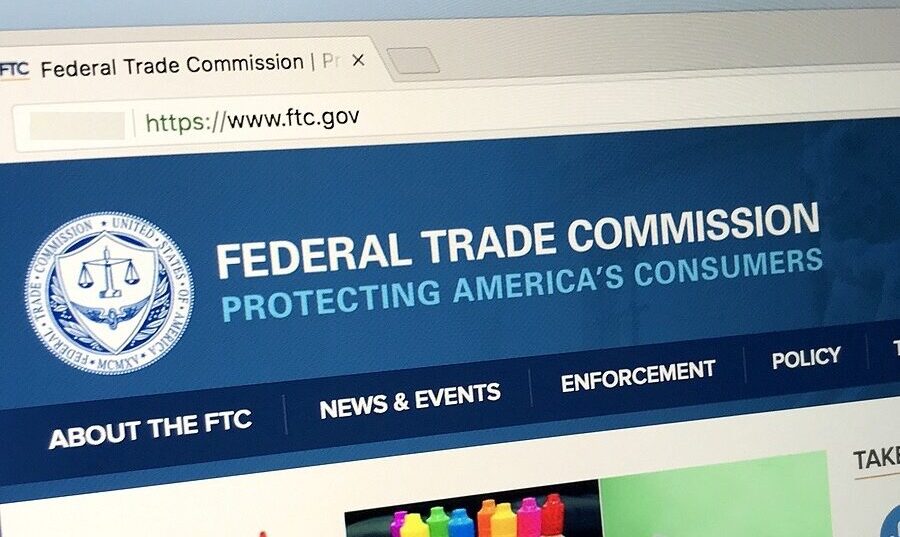
Industry Update: Inflation’s Impact on the Subscription Economy
Prices are rising everywhere, most noticeably at the gas pump and grocery store. In February alone, the Consumer Price Index was up 0.8% for the month and 7.9% over the last 12 months, not seasonally adjusted, for all items. This is the highest rate of inflation our nation has experienced seen since 1981, and it is going to get worse before it gets better.
Impact to subscription companies Rising prices impact virtually every product and service, but some industries or categories will be more ...
HELLO!
This premium article is exclusively reserved for Subscription Insider PRO members.
Want access to premium member-only content like this article? Plus, conference discounts and other benefits? We deliver the information you need, for improved decision-making, skills, and subscription business profitability. Check out these membership options!
Learn more about Subscription Insider PRO memberships!
Already a Subscription Insider PRO Member?
Please Log-In Here!
- Filed in Business Strategy, Pricing, Subscriber Only








